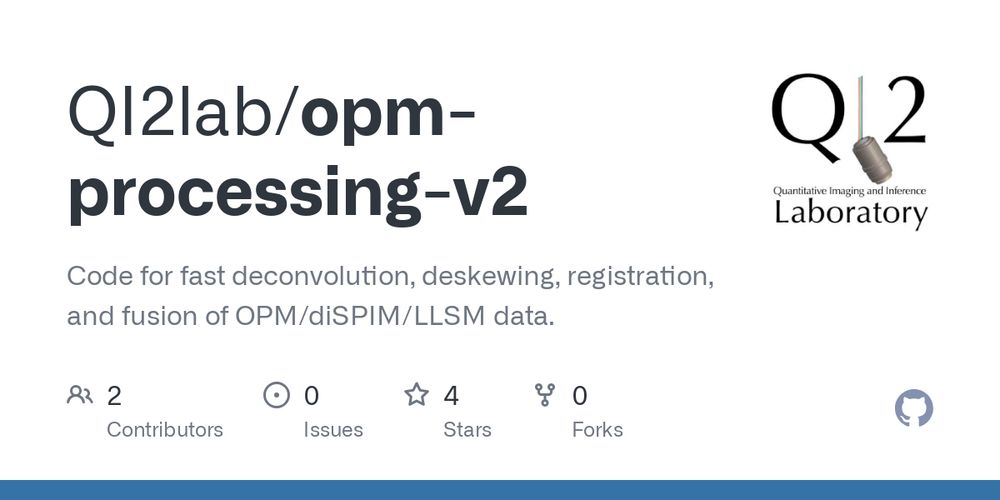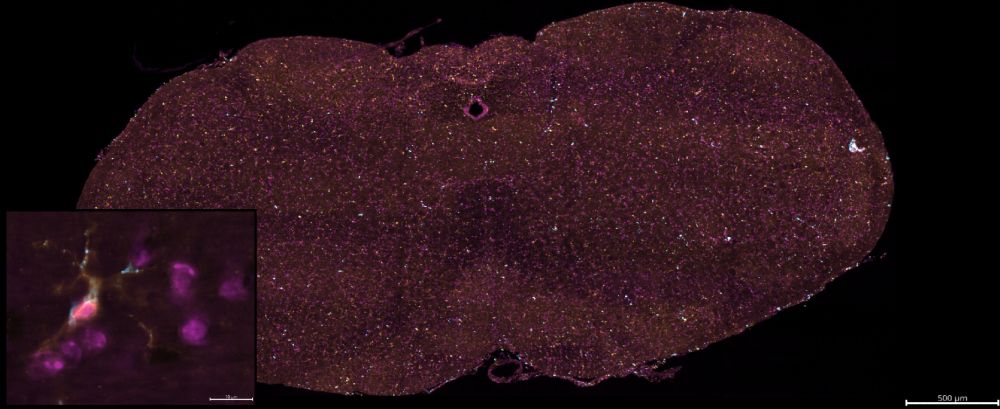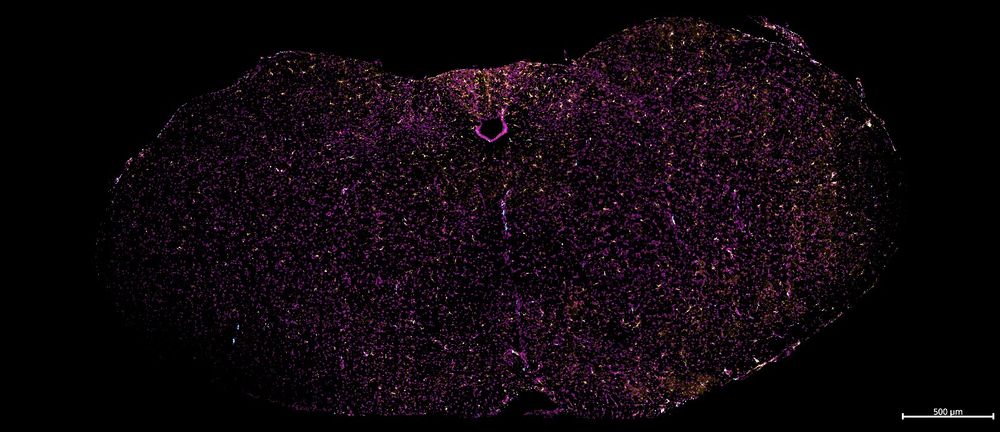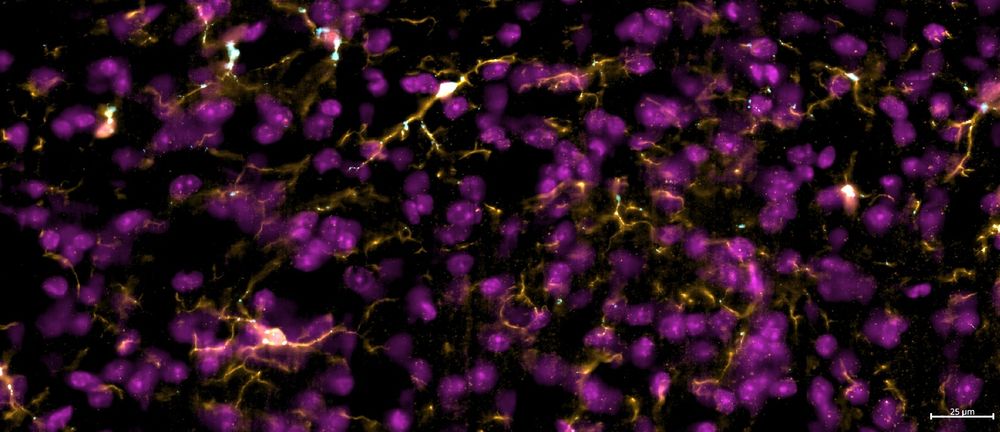Doug Shepherd
@dpshepherd.bsky.social
600 followers
410 following
42 posts
recovering alpinist and scientist.
Posts
Media
Videos
Starter Packs
Doug Shepherd
@dpshepherd.bsky.social
· Jul 26
Doug Shepherd
@dpshepherd.bsky.social
· Jun 23
Doug Shepherd
@dpshepherd.bsky.social
· Jun 17
Doug Shepherd
@dpshepherd.bsky.social
· Apr 9
Doug Shepherd
@dpshepherd.bsky.social
· Apr 9
Doug Shepherd
@dpshepherd.bsky.social
· Mar 6
Doug Shepherd
@dpshepherd.bsky.social
· Feb 21
Doug Shepherd
@dpshepherd.bsky.social
· Feb 12
Doug Shepherd
@dpshepherd.bsky.social
· Feb 4
Doug Shepherd
@dpshepherd.bsky.social
· Feb 4
Doug Shepherd
@dpshepherd.bsky.social
· Feb 4

Community Health Center Patients, Financing, and Services | KFF
This brief reports on community health center patients, services, experiences, and financing in 2023 and analyzes changes from 2019 (pre-pandemic) through 2023 using data from the Uniform Data System ...
www.kff.org
Doug Shepherd
@dpshepherd.bsky.social
· Jan 29
Doug Shepherd
@dpshepherd.bsky.social
· Jan 26
Doug Shepherd
@dpshepherd.bsky.social
· Jan 26
Doug Shepherd
@dpshepherd.bsky.social
· Jan 23
Doug Shepherd
@dpshepherd.bsky.social
· Jan 18










